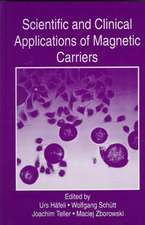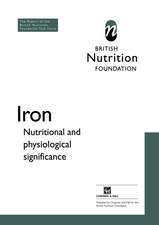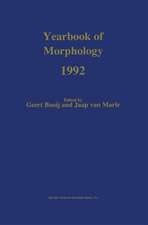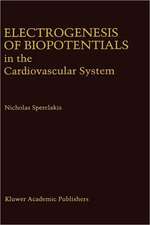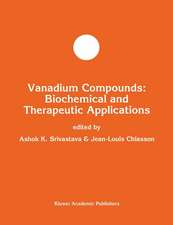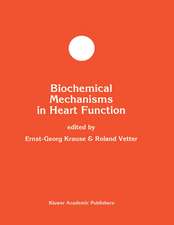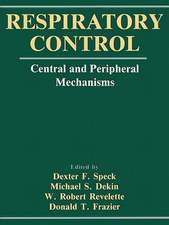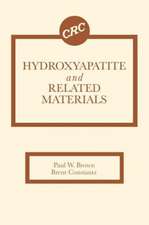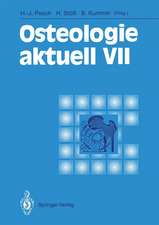Cellular Organelles and the Extracellular Matrix: Principles of Medical Biology, cartea 3
Editat de Edward Bittaren Limba Engleză Hardback – 3 ian 1996
Preț: 700.02 lei
Preț vechi: 909.12 lei
-23% Nou
Puncte Express: 1050
Preț estimativ în valută:
133.95€ • 140.14$ • 111.27£
133.95€ • 140.14$ • 111.27£
Carte tipărită la comandă
Livrare economică 03-17 aprilie
Preluare comenzi: 021 569.72.76
Specificații
ISBN-13: 9781559388047
ISBN-10: 1559388048
Pagini: 292
Dimensiuni: 156 x 234 x 19 mm
Greutate: 0.61 kg
Editura: ELSEVIER SCIENCE
Seria Principles of Medical Biology
ISBN-10: 1559388048
Pagini: 292
Dimensiuni: 156 x 234 x 19 mm
Greutate: 0.61 kg
Editura: ELSEVIER SCIENCE
Seria Principles of Medical Biology
Cuprins
Contents. List of Contributors. Preface (E.E. Bittar and N. Bittar). The Lysosome: Its Role in the Biology of the Cell and Organism (B. Storrie). The Golgi Complex (A.M. Tartakoff and J.R. Turner). The Peroxisome (C. Masters and D. Crane). The Mitochondrion (D.D. Tyler). Lysosomal Storage Diseases (G.M.S. Mancini and F.W. Verheijen). Peroxisomal Disorders (R.J.A. Wanders and J.M. Tager). Molecules in Living Cells (D.S. Goodsell). Extracellular Matrix (D.W.L. Hukins, S.A. Weston, M.J. Humphries, and A.J. Freemont). Posttranslational Processing of Collagens (K.I. Kivinkko). Cellular and Molecular Aspects of Selected Collagen Diseases (R. Raghow). Index.













